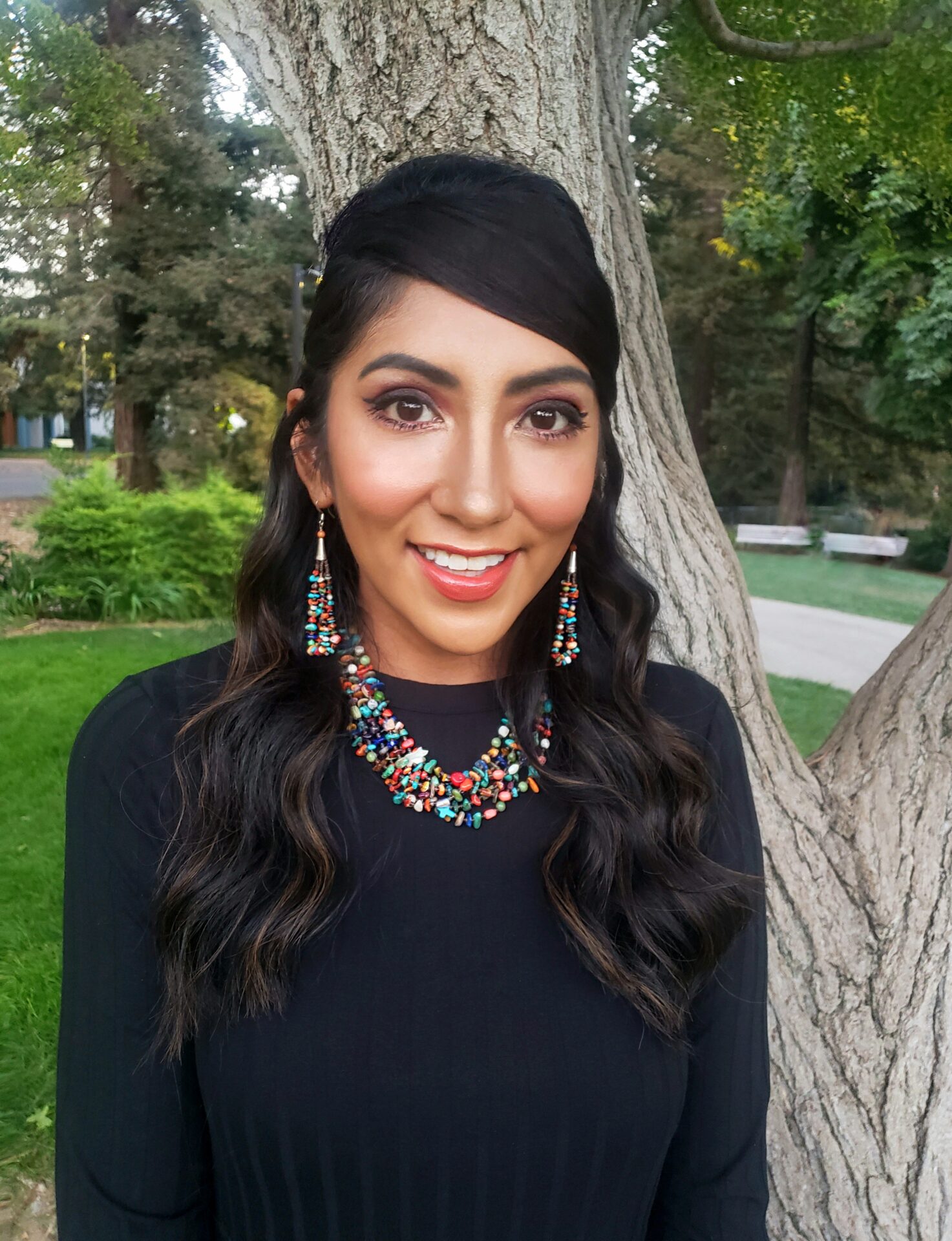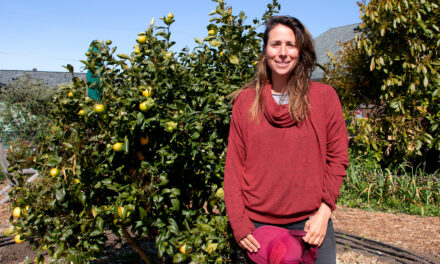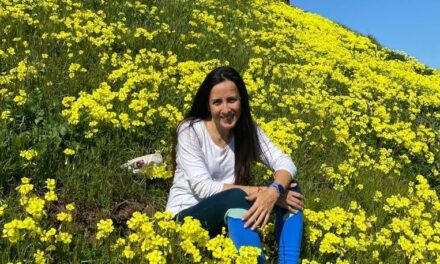Fire Improves Traditional Plants

Scholar Melinda Adams is reclaiming fire. “When you look at migration patterns of Indigenous peoples, we led with fire. It’s related to our subsistence diets, it’s what kept us healthy,” says Adams, a UC Davis scholar who identifies as Apache and researchs “Indigenous Epist(e)cologies,” or the merge of ecological knowledge with Afro-Black Indigenous epistemologies. “What we’re now seeing is the effects of post gold rush fire regimes and fire management, which was to not burn,” she says, referring to the wildfires that continue to raze the West Coast, and are intensifying with climate change. Adams does field work to regenerate plants for basket weaving materials. When fire is applied to redbud, a plant that provides basketry materials, the redbud grows taller, doesn’t have as many breaks in its spindly branches, and gains brighter coloration compared with plants that do not experience fire.
KneeDeep‘s reporter Hoi Shan Cheung catches up with Adams on fire topics in an upcoming issue of the magazine.
First published in RARA Review, February 2021.
Story inspired by Mycelium Youth Network’s recent conference entitled: Apocalyptic Resilience: An Afro-Indigenous Adventure.
Other Recent Posts
Assistant Editor Job Announcement
Part time freelance job opening with Bay Area climate resilience magazine.
Training 18 New Community Leaders in a Resilience Hot Spot
A June 7 event minted 18 new community leaders now better-equipped to care for Suisun City and Fairfield through pollution, heat, smoke, and high water.
Mayor Pushes Suisun City To Do Better
Mayor Alma Hernandez has devoted herself to preparing her community for a warming world.
The Path to a Just Transition for Benicia’s Refinery Workers
As Valero prepares to shutter its Benicia oil refinery, 400 jobs hang in the balance. Can California ensure a just transition for fossil fuel workers?
Ecologist Finds Art in Restoring Levees
In Sacramento, an artist-ecologist brings California’s native species to life – through art, and through fish-friendly levee restoration.
New Metrics on Hybrid Gray-Green Levees
UC Santa Cruz research project investigates how horizontal “living levees” can cut flood risk.
Community Editor Job Announcement
Part time freelance job opening with Bay Area climate resilience magazine.
Being Bike-Friendly is Gateway to Climate Advocacy
Four Bay Area cyclists push for better city infrastructure.









